The 5 Phases of the Construction Process (Templates Included)
ProjectManager.com
OCTOBER 17, 2023
Then we’ll explain the difference between the construction phases and the project life cycle. To help you manage your construction projects better, we’ll even add a few free templates. Construction projects are carefully planned. In some cases, however, the life cycle of construction phases can overlap.

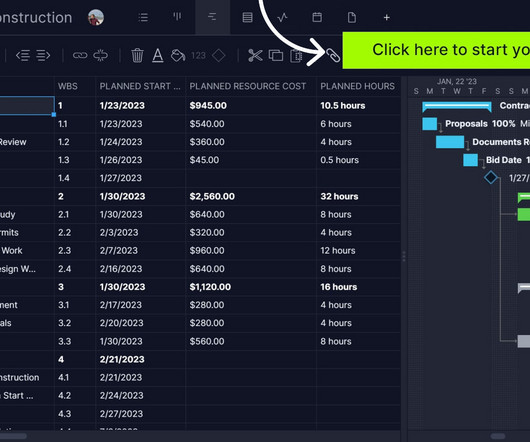


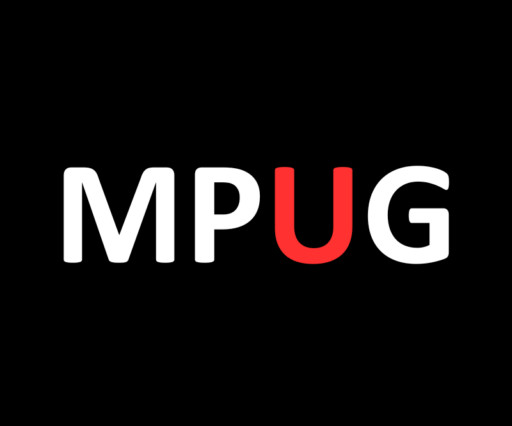
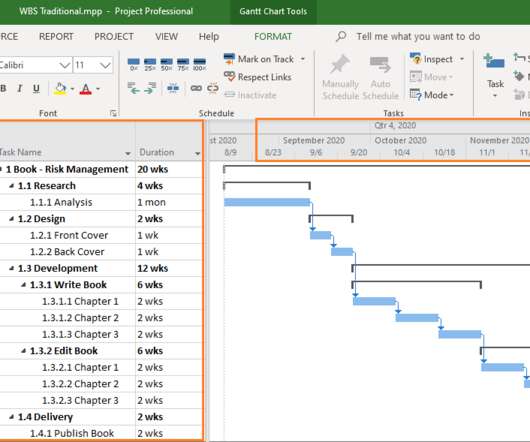
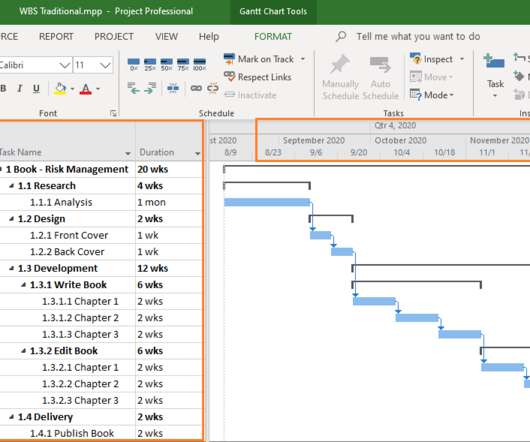
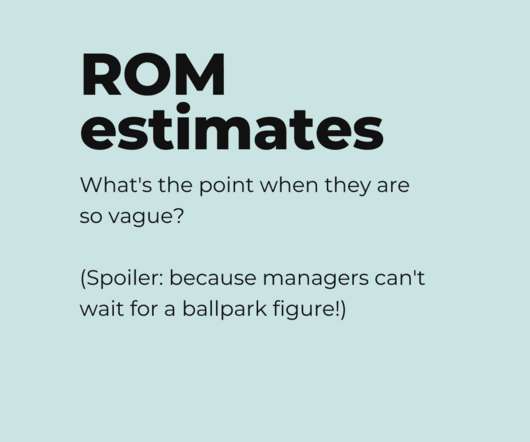
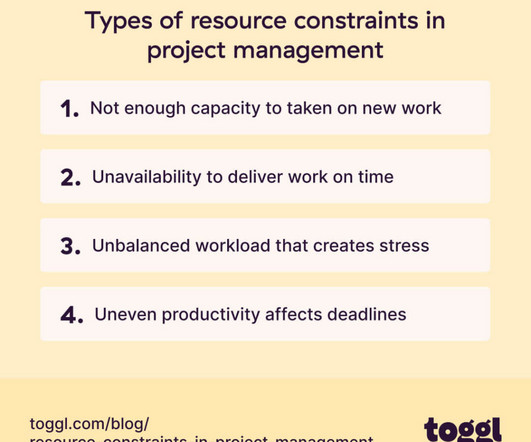















Let's personalize your content